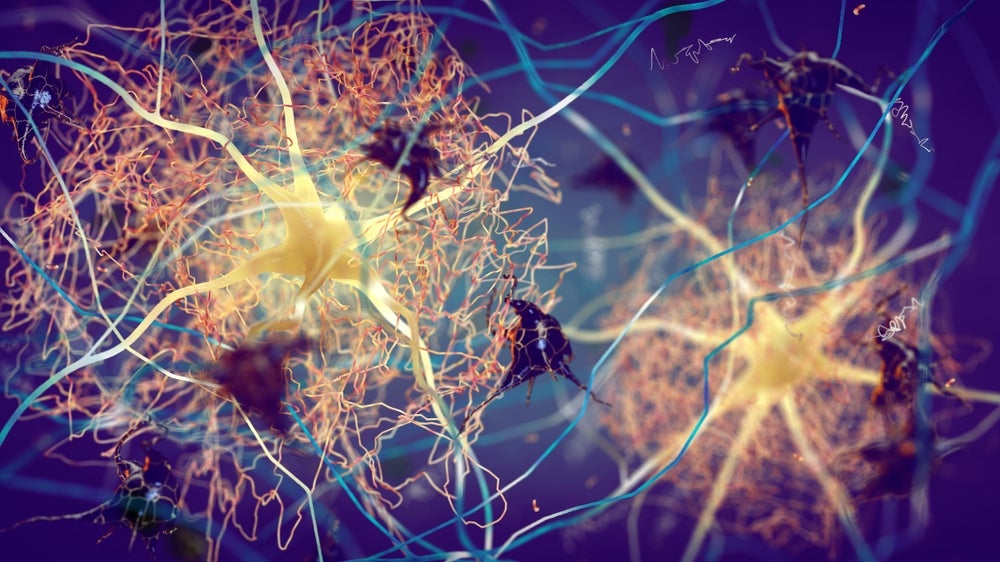Annovis Bio is working to progress its lead oral drug for Alzheimer’s disease (AD) and Parkinson’s disease (PD) studies as two trials evaluating the therapy’s potential reach the tail-end of their recruiting goals, CEO Maria Maccecchini, PhD, told Pharmaceutical Technology.
Data from both trials is expected in the first half of 2024.
The company’s Phase II/III AD trial (NCT05686044) and Phase III Parkinson’s trial (NCT05357989) are evaluating the efficacy and safety of buntanetap (ANVS401 or Posiphen) in patients with early to moderate AD and PD respectively. The studies were randomised, double-blind, placebo-controlled and multicentre clinical trials.
In the short-term AD study, 320 patients with mild to severe AD were divided into three active arms and treated with either 7.5mg, 15mg, or 30mg doses of buntanetap or placebo over a period of three months. Annovis recently announced that an interim analysis conducted by an independent statistical group indicated that the study had significant statistical power. Data from the study will be released in March 2024, as per Maccecchini.
The company’s PD study is much larger in scale, with 520 patients who received either 10mg or 20mg of buntanetap or placebo for seven to eight months. Data from this study will be released in January 2024, said Maccecchini.
Once the data is available, Annovis plans to evaluate drug efficacy in different disease-stage subgroups, disease subgroups, and gene subgroups to determine how a Phase III trial will be conducted. The company anticipates the initiation of disease-modifying, late-stage clinical trials to address unmet neurodegenerative therapy needs
The data from both trials would also be vital in initiating studies in other indications, said Maccecchini. Should the AD and PD study results prove positive, Annovis plans to pursue a Phase III study in Lewy Body Dementia in the first half of 2024.
Other indications that could potentially be explored immediately as Phase III trials, as per Maccecchini, include proper temporal dementia, Down syndrome, traumatic brain injury, blindness, and viral infections.









